Suction cupping or fire cupping is a massage technique that is very beneficial for overall health. One of its main effects is detoxification, and it also solves a wide spectrum of problems, especially those associated with joint and muscle pain.
What is Suction Cupping?
This technique uses cups, made of glass, plastic, or other materials, that are heated and pressed tight against the skin. As the air in the cup cools down, it forms a vacuum that pulls up on the skin, creating an acupressure effect. This may cause some discomfort, but it does not hurt.
Cupping is used to treat muscle and joint pain due to arthritis and rheumatic problems, improve blood circulation, and relieve the symptoms of respiratory infections like pneumonia, bronchitis, flu, and the common cold.
It also uses organ-related reflex zones to improve the function of several internal organs, like kidneys, liver, stomach, and intestines. If performed on certain zones of the body, cupping improves the immune system by stimulating the release of a histamine-like substance that participates in the immune response.
Detoxification with Suction Cupping
One of the therapeutic uses of cupping is detoxification. The modern lifestyle, unfortunately, exposes people to many toxins, coming from the food, the air, and the water, not to mention unhealthy habits like smoking, alcoholism, and drug abuse. Toxins accumulate in the body and interfere with the normal functioning of the organs and increase the risk of many diseases.
Suction cupping, especially if combined with other detoxifying techniques, can successfully eliminate the toxins from the body. Stimulating the skin and the underlying muscles directly causes the release of the accumulated toxins and improve the functioning of blood circulation and the lymphatic system.
- Cupping is a simple application of quick, vigorous, rhythmical strokes to stimulate muscles and is particularly helpful in the treatment of aches and pains associated with various diseases. Thus, cupping carries the potential to enhance the quality of life.
- Each cupping session takes about 20?min and could be conducted in five steps. The first step includes primary suction. In this phase, the therapist allocates specific points or areas for cupping and disinfects the area. A cup with a suitable size is placed on the selected site and the therapist suck the air inside the cup by flame, electrical or manual suction. Then the cup is applied to the skin and left for a period of three to 5?min. The second step is about scarification or puncturing. Superficial incisions are made on the skin using Surgical Scalpel Blade No. 15 to 21, or puncturing with a needle, auto-lancing device or a plum-blossom needle. The third step is about suction and bloodletting. The cup is placed back on the skin using the similar procedure described above for three to 5?min. The fourth step includes the removal of the cup, followed by the fifth step which includes dressing the area after cleaning and disinfecting with FDA approved skin disinfectant.
- There is converging evidence that cupping can induce comfort and relaxation on a systemic level and the resulting increase in endogenous opioid production in the brain leads to improved pain control. Other researchers proposed that the main action of cupping therapy is to enhance the circulation of blood and to remove toxins and waste from the body. That could be achieved through improving microcirculation, promoting capillary endothelial cell repair, accelerating granulation and angiogenesis in the regional tissues, thus helping normalize the patient's functional state and progressive muscle relaxation.
- Cupping also removes noxious materials from skin microcirculation and interstitial compartment which benefit the patient. Cupping may be an effective method of reducing low density lipoprotein (LDL) in men and consequently may have a preventive effect against atherosclerosis and cardiovascular diseases (CVDs). Cupping is known to significantly decrease in total cholesterol, low density lipoprotein LDL/high density lipoprotein (HDL) ratio.
- Cupping therapy can significantly lower the number of lymphocytes in the local blood related to the affected area with an increase in the number of neutrophils, which is one of the antiviral mechanisms that reduces the pain scores. Loss of blood along with vasodilation tends to increase the parasympathetic activity and relaxes the body muscles which benefit the patient and could also be associated with the after effects of cupping. Furthermore, the loss of blood is thought to increase the quality of the remaining blood that improves pain symptoms.
- Cupping seems to play a role in the activation of complement system as well as modulation of cellular part of immune system. There is also a significant reduction in blood sugar in diabetic patients after cupping.
Cupping Therapy in Traditional Chinese Medicine
Traditional Chinese medicine commonly uses suction cupping to treat colds, lung infections, and problems related to the internal organs. It is an alternative to acupuncture and basically uses the same spots as acupressure, only with a slightly different effect.
This medicine is based on the belief that human health depends on the balance of the qi, which is the life energy flowing through the body in channels. When the qi is off balance, problems and illnesses occur.
Cupping is used when the practitioner believes that the qi is blocked or it needs to be drawn out to the surface. For example, cupping can treat lung infections by unblocking the qi trapped in the lungs, dispersing it, and energizing it.
Today, cupping is a widely used method in both Chinese and Western medicine. It is an alternative method that has been proven to be very effective and helpful for certain problems.


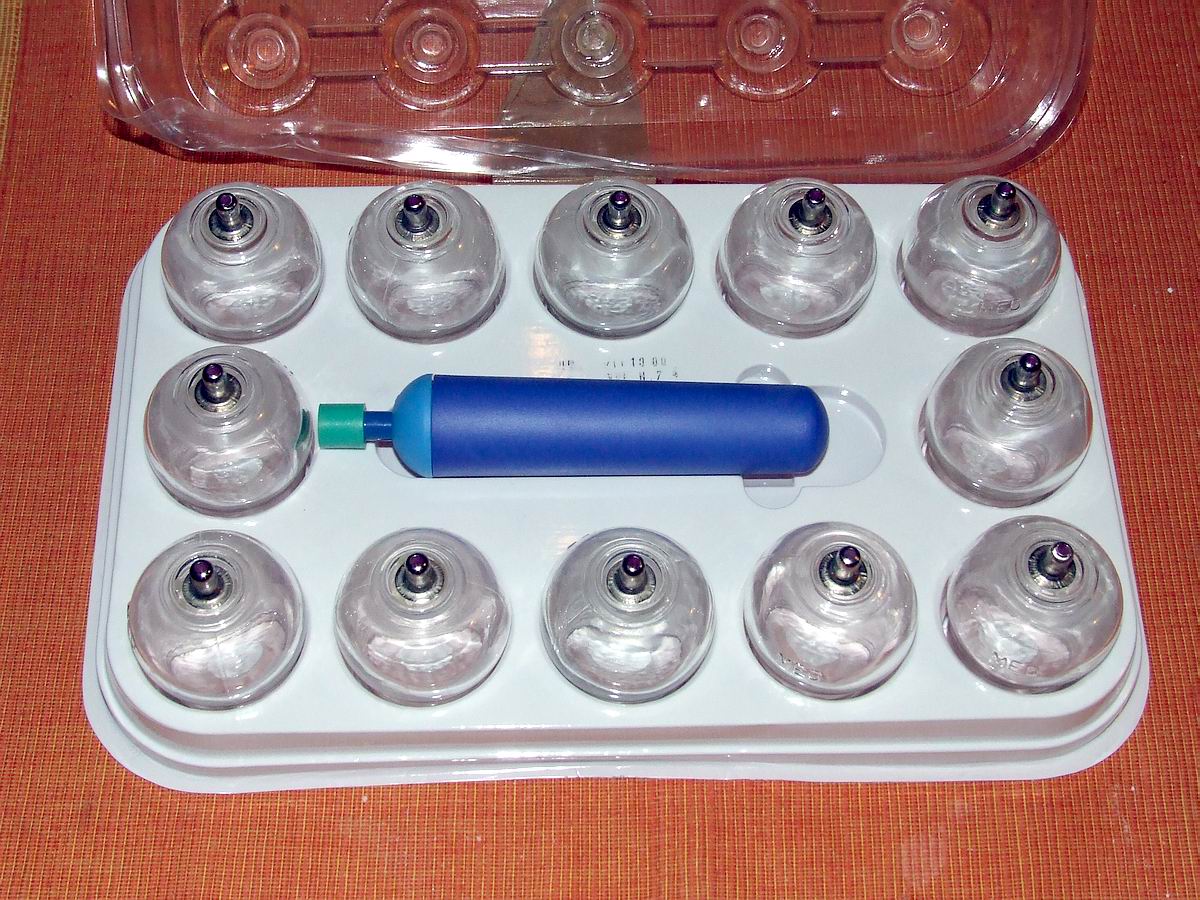
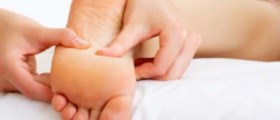
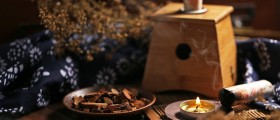
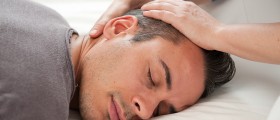
_f_280x120.jpg)


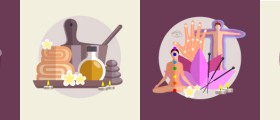
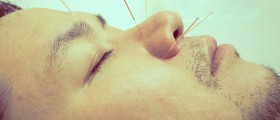
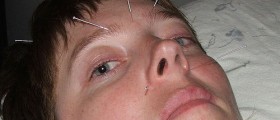
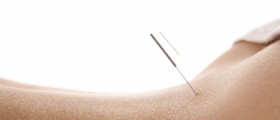
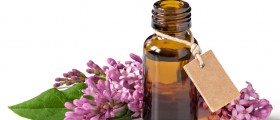

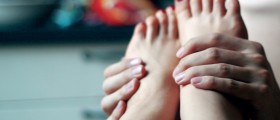
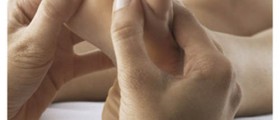

Your thoughts on this
Loading...